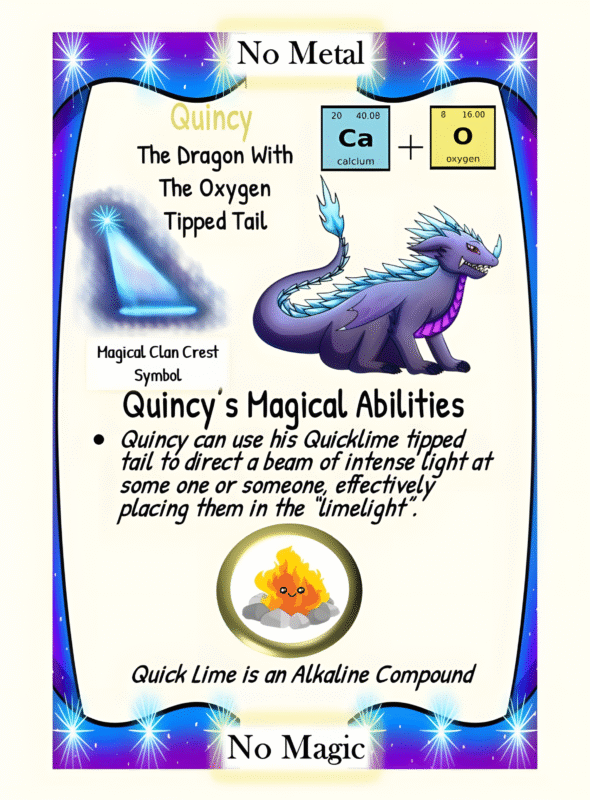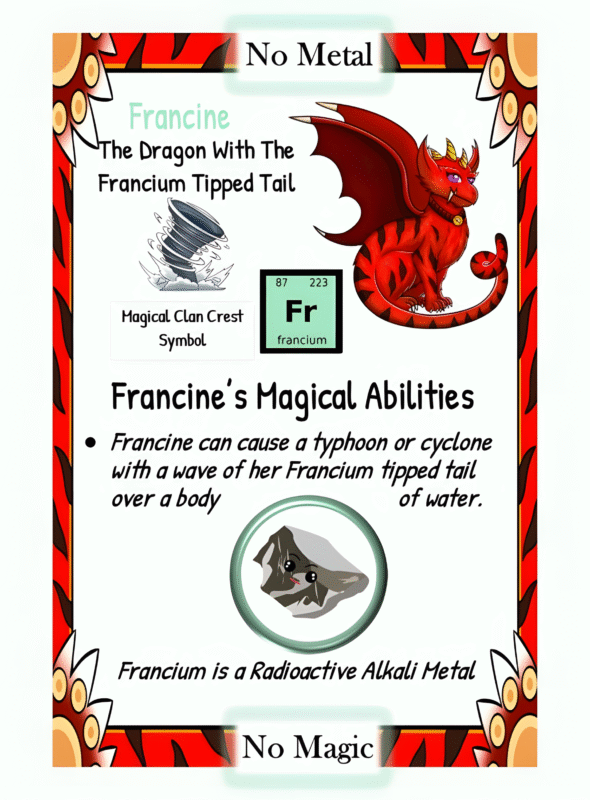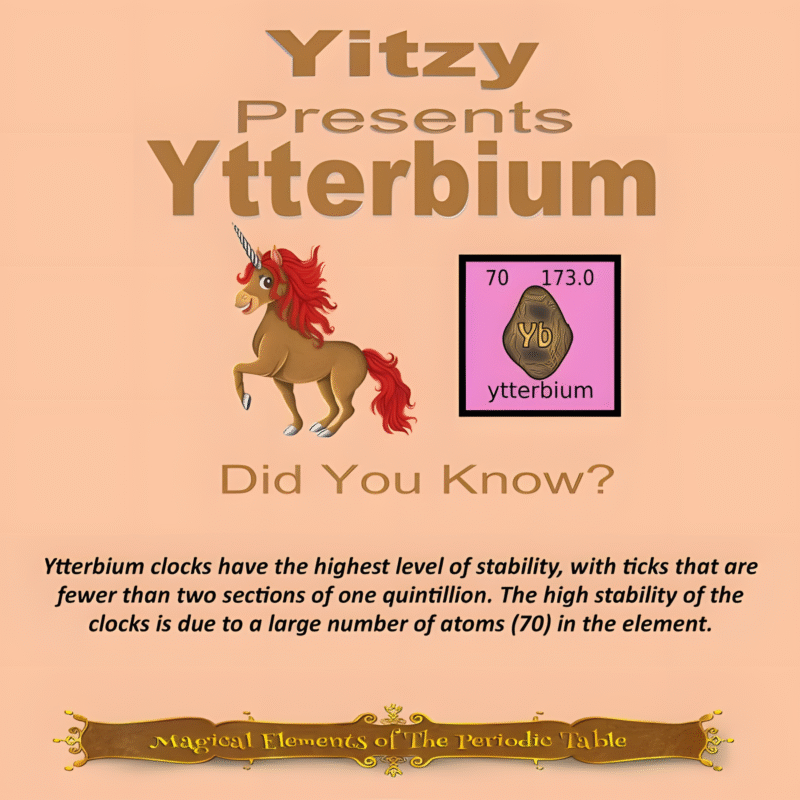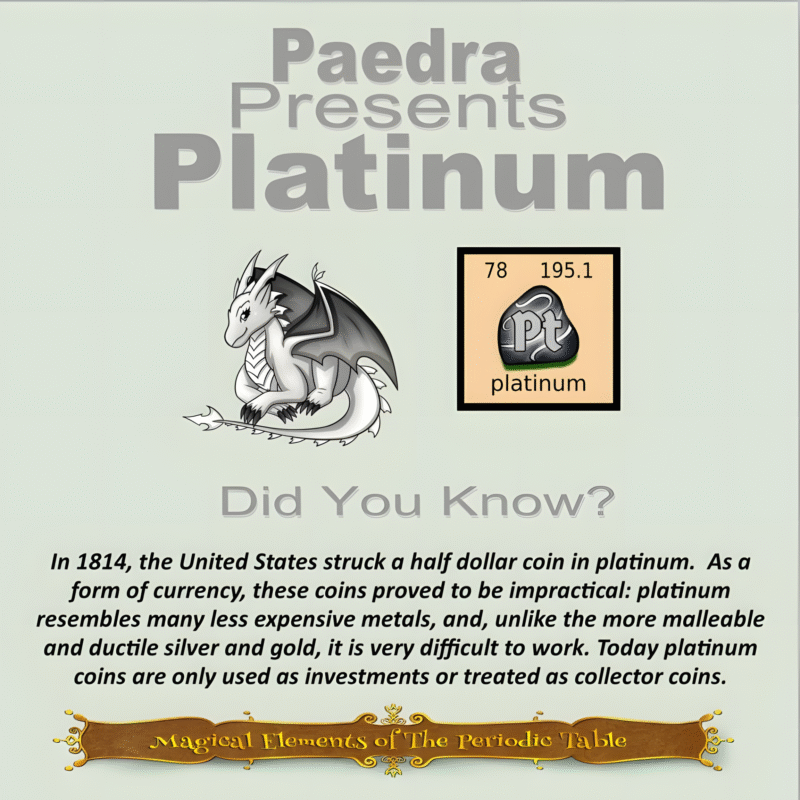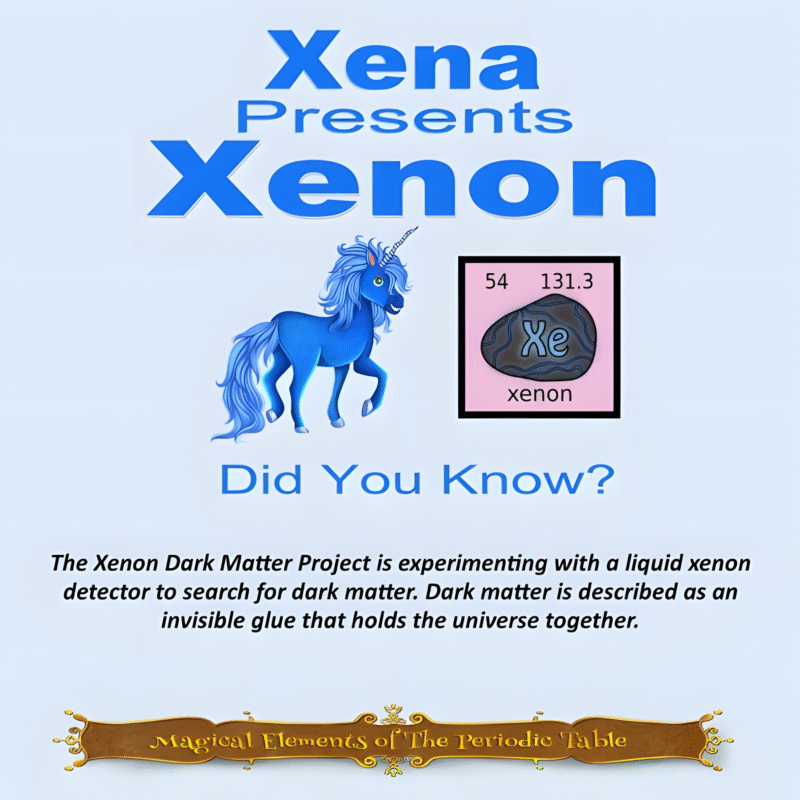The Origin and Commercial Production of Bismuth: Unveiling Nature’s Hidden Gem

Bismuth, the fascinating element with a distinct iridescent hue, has a captivating history. But before diving into its origin and commercial production, we must first address a fundamental question: Does bismuth occur in nature as a pure element? The answer is yes! Unlike many other elements, bismuth is found naturally in its pure form, making it a truly unique and intriguing metal.
In its pure elemental state, bismuth is rarely found in large quantities. Instead, it is usually extracted from other ores or minerals, typically as a byproduct of mining other metals like copper, lead, and silver. Major sources of bismuth ores include Bolivia, Peru, Mexico, Japan, Canada, and Australia.
The mining process for bismuth primarily involves extracting it from these ores. Depending on the specific mineral deposit, various techniques are employed. Traditional underground mining, open-pit mining, or even dredging rivers and lakes can be used. Once the bismuth-containing ores are identified and extracted, they undergo further processing to isolate and purify the desired element.
The commercially processed bismuth undergoes multiple refining steps to remove impurities. This is usually achieved through a combination of physical and chemical processes. One such common method is roasting, where bismuth ores are heated in the presence of oxygen, causing volatile impurities to evaporate or react with oxygen to form slag. The remaining bismuth-rich material is then further refined through a refining process, such as electrolysis or vacuum distillation, to produce high-purity bismuth metal.
When it comes to bismuth mining, China takes the lead. China is the largest producer, accounting for approximately 80% of the world’s bismuth extraction. Its abundant natural resources, coupled with advanced mining techniques, position China as a dominant player in the global bismuth industry. However, this heavy reliance on mining has significant environmental implications.
The mining of bismuth, like any other metal, can pollute surrounding ecosystems and water bodies. It generates large amounts of waste, including mine tailings, which may contain toxic substances. Proper management of these wastes and responsible mining practices are crucial to minimize the impact on the environment. Additionally, the use of sustainable mining techniques and reclamation practices can help mitigate the negative effects of bismuth extraction.
While China dominates bismuth mining, commercial production is not solely dependent on mining activities. Bismuth can also be obtained as a byproduct of mineral processing or metallurgical processes. For instance, bismuth can be extracted during the refining of lead and copper ores. This process involves various smelting and purification steps, resulting in the separation of bismuth from other metals, transforming it into a valuable commodity.
In terms of commercial production, China remains at the forefront, churning out immense quantities of bismuth each year. This dominance in production can be attributed to China’s vast reserves of bismuth ores, coupled with its well-established mining and refining facilities. However, other countries, such as Peru, Mexico, and Bolivia, also contribute significantly to the global bismuth supply.
The commercial production of bismuth involves further refining of the extracted metal to meet the requirements of various industries. Bismuth, due to its unique physical and chemical properties, finds applications in pharmaceuticals, cosmetics, alloys, electronics, and even as a substitute for lead in certain applications. It is often processed into ingots, powders, or various other forms based on customer specifications.
In conclusion, bismuth’s origin and commercial production reveal its intriguing journey from its rare occurrence as a pure element in nature to its extraction from other ores. The mining process, including its extraction and refinement, plays a vital role in meeting the global demand for bismuth. While China dominates both mining and commercial production, other countries also contribute significantly. However, it is imperative for countries and companies involved in bismuth production to prioritize sustainable mining practices to ensure minimal environmental impact and secure a sustainable future for this remarkable element.
This article is brought to you by Sybrina Durant, the author of the middle grade picture book, Magical Elements of the Periodic Table Presented Alphabetically By The Elemental Dragons. Learn More. In that book Bismuth is presented by the dragon, Bitsy.
Inter-Active Elemental Fantasy-Themed Periodic Table from Magical Elements of the Periodic Table Presented Alphabetically by The Elemental Dragon Clan
Click here to use This Inter-Active Viewer To Learn More About The Elements Each Elemental Represents On This Periodic Table. Want this in a 24″ x 36″ Poster? Click here.
Sybrina Publishing Offers Fun Activities Based On The Book
Magical Elements of the Periodic Table Magical Elementals
Browse Magical Elemental Activities at MagicalPTElements or Sybrina-Publishing on TPT or Classful






